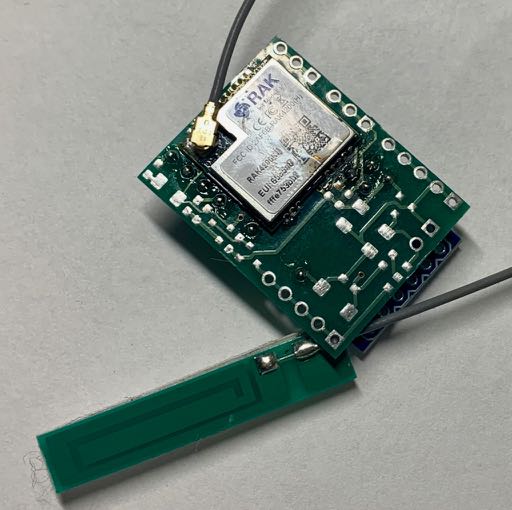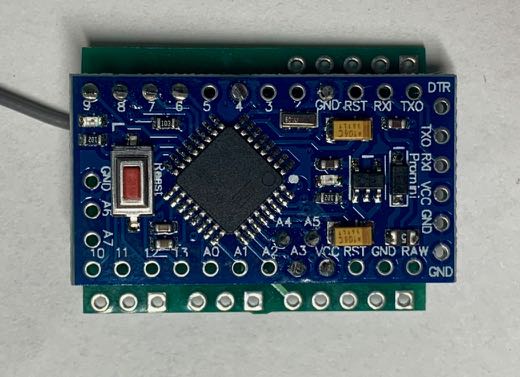TinyThing4200 = ProMini with RAK4200 to off-load the LoRaWAN element, leaving plenty of space for sensors and extended firmware but still accessible for those that don’t code ARM all day every day.

TinyThing4200 = ProMini with RAK4200 to off-load the LoRaWAN element, leaving plenty of space for sensors and extended firmware but still accessible for those that don’t code ARM all day every day.
